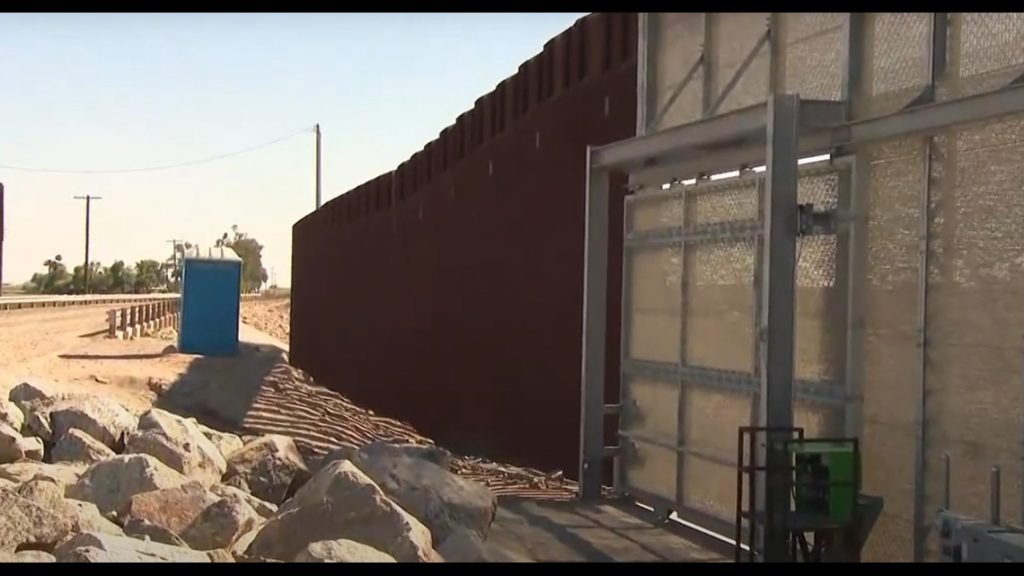A year after Title 42 was repealed, border towns like Yuma continue to grapple with the issue of border crossings.
YUMA, Ariz. — Many Arizona leaders are calling for more federal funding to address the border crisis.
Now we're hearing some relief is on the way.
About $55 million will be given to Arizona communities, with more than $9 million of that going to World Hunger Yuma in Yuma County. It's a start, but leaders say there's still a long way to go to get everything back on track.
From October through April, Yuma County is one of the top producers of leafy greens in the country, with farms stretching for miles to the edge of the country.
Jonathan Lines, vice chairman of the Yuma County Board of Supervisors, said safety guidelines are strict and that farmers have suffered huge losses during the border crisis.
“If we find unauthorized access on a field, we actually have to plow it down and remove it so nothing gets contaminated,” Lines said.
He estimated the losses at more than $1 million, and it's just one example of the far-reaching effects of what's happening on the southern border.
Yuma Mayor Douglas Nichols said a year after Title 42 ended, the city and county must consider what happens next.
“Yuma doesn't have the resources that Tucson or Phoenix have,” Nichols said.
The lack of resources has led to a shortage of city resources, including fire and emergency personnel.
“When any unit, whether it's San Luis, the Cocopah-Summerton area or Yuma, moves in to respond on the border, other units also move in to make sure we cover each city,” Nichols said.
Lines said Yuma Regional Medical Center has spent millions of dollars treating migrants in need of medical care but has not been reimbursed.
“There is still over $26 million in outstanding expenses remaining,” he said.
And while the city and county wait for that money, business appears to be booming in other communities south of the border.
The San Luis port of entry is a lifeline for businesses on the Arizona side, and 12News reporter Allison Rodriguez spoke to people who travel back and forth who said while there's a perception that living in the border town is dangerous, the reality is very different.
“I feel safe. It's a safe place,” said collector Aaron. “The police are very good.”
He frequently crosses from San Luis, Arizona, to San Luis, Mexico, and said his family members who live in other states have heard stories of large numbers of migrants being released there and high crime rates.
“You say, what? How's the situation there, how's the crime in San Luis? And I say, my mom goes to McDonald's every day, she walks around town,” he said. “I'm serious. Everybody knows her. Like I said, she's 86 years old. That tells me she feels pretty safe.”
And even the executive director of the Yuma County Chamber of Commerce has to answer those questions.
“When these stories hit the national news, our office is inundated with calls,” said Kimberly Karl of the Yuma Chamber of Commerce. “Is Yuma still safe? Are there migrants roaming the streets? Do you still feel safe walking through downtown Yuma?”
She said the answer was yes, and Nichols agreed.
“Our border communities, especially Yuma, San Luis and Summerton, are very safe communities,” Nichols asserted. “Crime is not rampant. There is no fear for lives. Life goes on just like normal here.”
>> Download the 12News App to get the latest local breaking news straight to your phone.
12News on YouTube
Get the latest news and updates 12. Reports on the U.S.-Mexico border.







